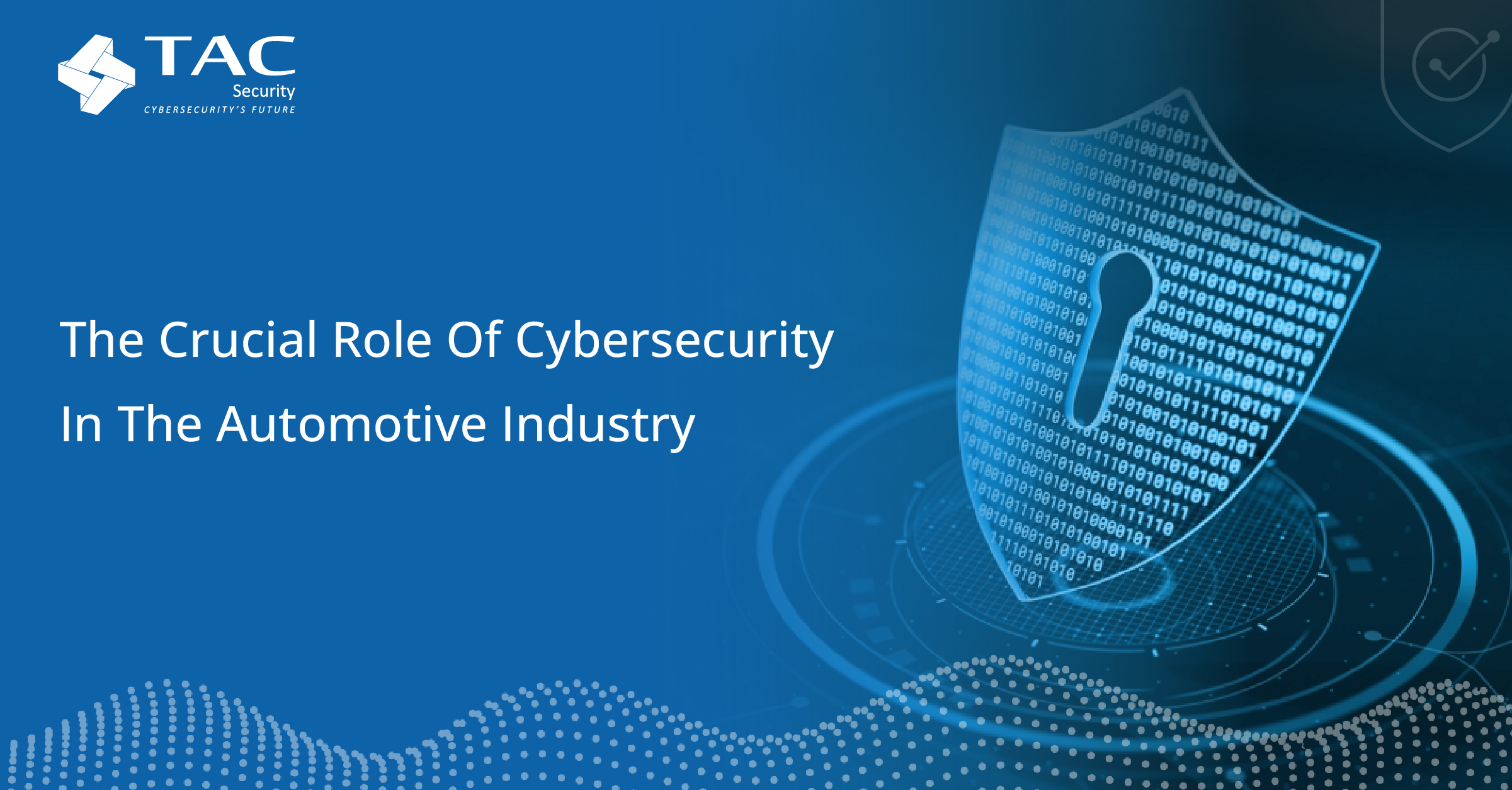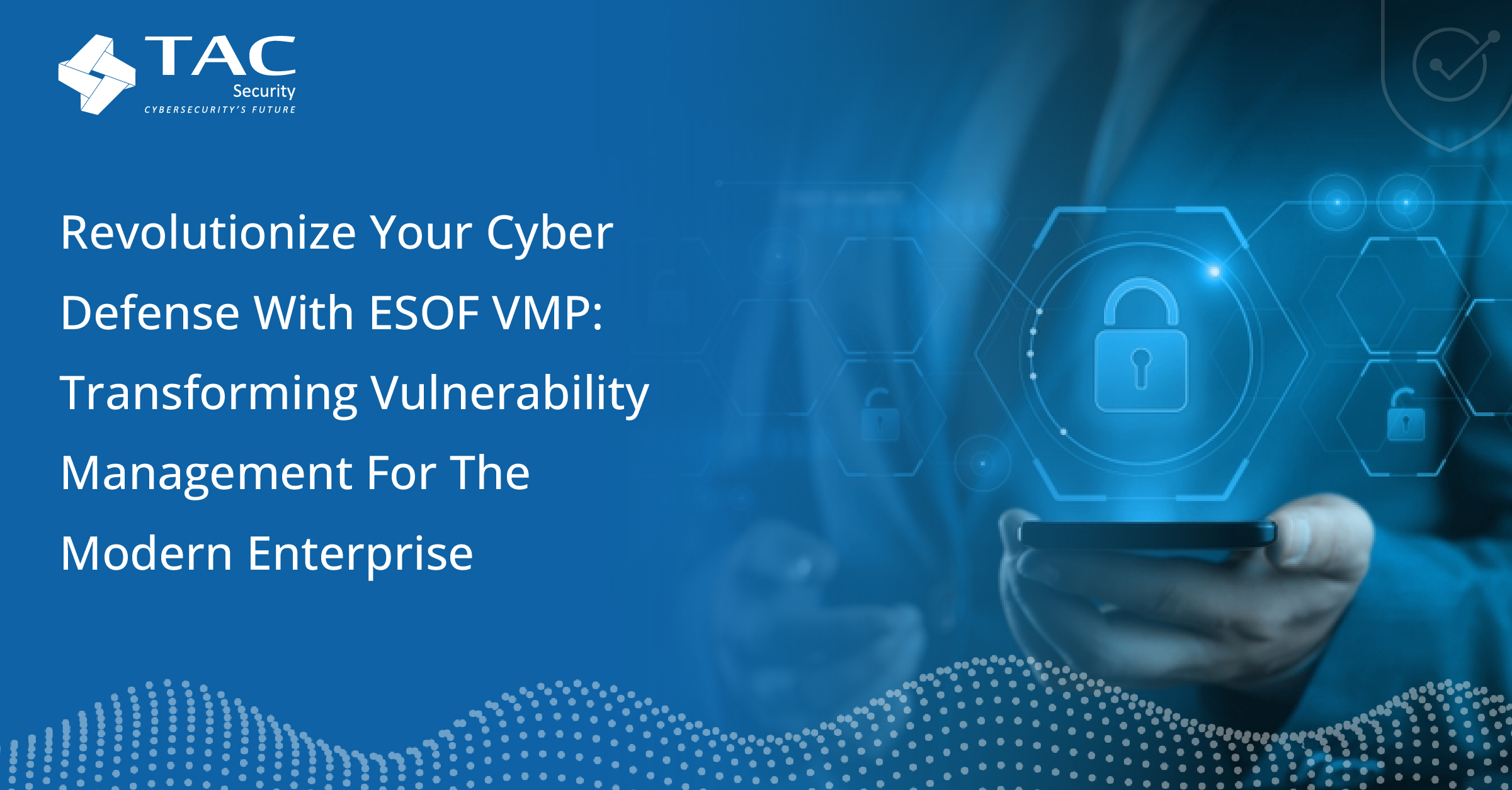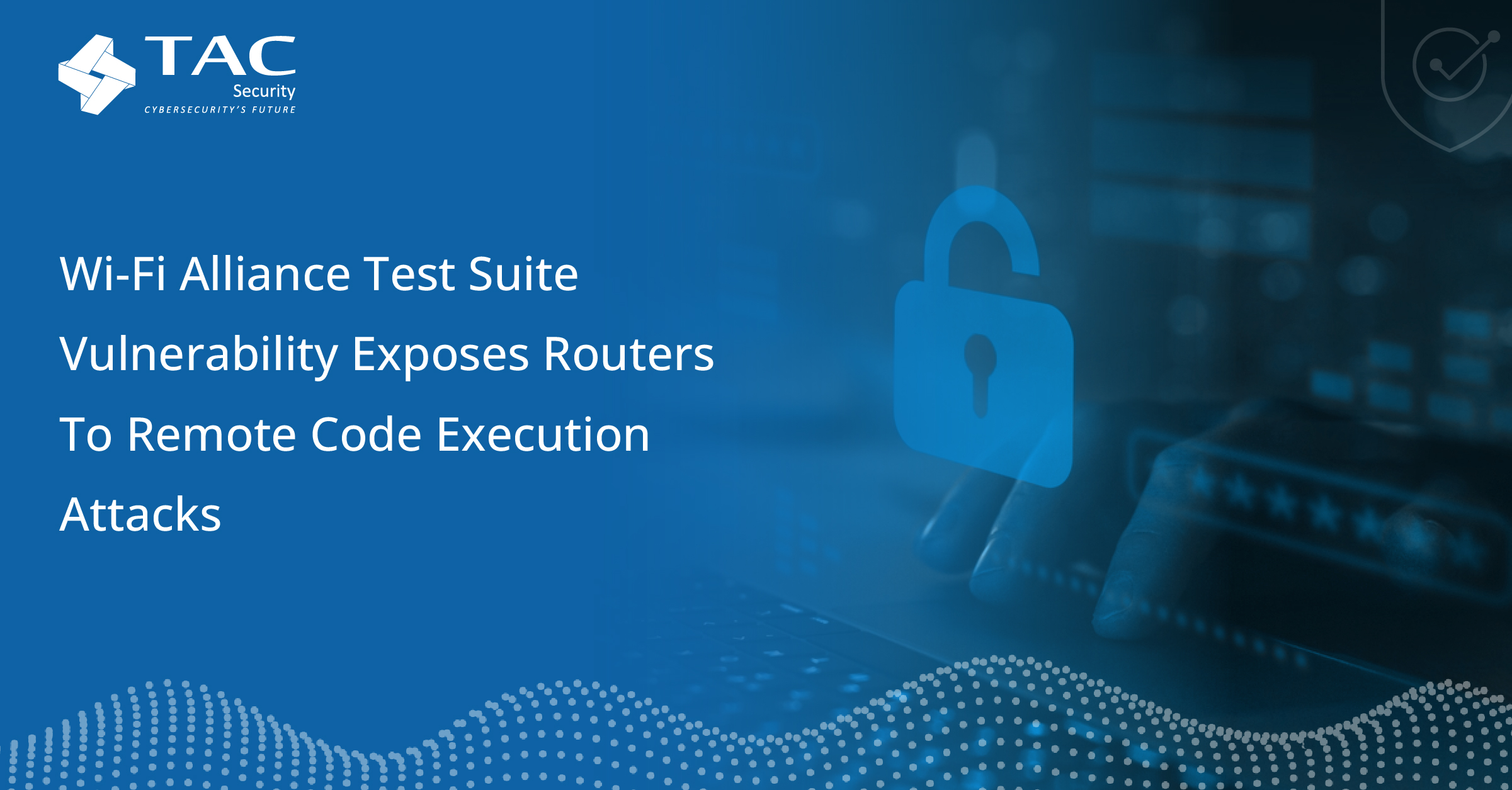
In today’s digital landscape, cybersecurity is a critical concern, especially in the automotive industry. Modern vehicles are equipped with dozens of computers that manage essential systems like steering, brakes, and engine performance. With up to 50 interconnected Internet of Things (IoT) devices in each vehicle, the potential for cyber threats has skyrocketed. As such, effective cybersecurity measures are not just beneficial but essential for safeguarding both the vehicle and its occupants.
The Importance of Automotive Cybersecurity
Cybersecurity in the automotive sector goes beyond simply protecting personal data; it involves ensuring the safety and functionality of vehicles. A compromised vehicle can lead to devastating outcomes, including unauthorized access to control systems that could endanger drivers and passengers. Hackers can manipulate features such as steering, braking, and even the engine, making cybersecurity a top priority for manufacturers, consumers, and original equipment manufacturers (OEMs).
Understanding Automotive Cybersecurity
Automotive cybersecurity refers to the protection of electronic systems, communication networks, control algorithms, and user data from malicious attacks. The goal is to implement robust defenses that:
1. Protect personal data from theft
2. Prevent unauthorized control of vehicle systems
3. Safeguard vehicles from potential damage
To achieve these objectives, several critical areas must be addressed:
- Security by Design: Building security into every stage of vehicle development.
- Risk Assessment and Management: Identifying vulnerabilities and planning accordingly.
- Threat Detection and Protection: Implementing systems to monitor and defend against attacks.
- Incident Response: Establishing protocols for responding to cybersecurity incidents.
- Collaboration: Engaging with third-party vendors and stakeholders.
- Governance: Ensuring compliance with relevant regulations and standards.
- Awareness and Training: Educating staff and users about cybersecurity threats and best practices.
Key Elements of a Cybersecurity Plan
Developing a robust cybersecurity strategy involves focusing on three main areas:
1.Authentication and Access Control: Ensuring only authorized individuals and systems can interact with the vehicle’s systems.
2.Protection from External Attacks: Implementing safeguards against unauthorized access, malware, and data breaches.
3.Detection and Incident Response: Quickly identifying and addressing cybersecurity threats.
A multi-layered security approach is essential, combining various defensive mechanisms to protect internal and external communications, secure system updates, and maintain the integrity of operating systems.
Common Cyber Attack Methods
Cyber-attacks on vehicles can take several forms:
- Direct Physical Attacks: Occur when attackers gain physical access to a vehicle, allowing them to install malicious hardware or software.
- Indirect Physical Vulnerabilities: Exploit mediums like firmware updates and USB devices to introduce malware.
- Wireless Vulnerabilities: Utilize wireless technologies such as Wi-Fi, Bluetooth, GPS, and cellular networks to attack without physical access.
- Sensor Manipulation: Although not widely documented, potential vulnerabilities in vehicle sensors could be exploited.
If hackers gain access to a vehicle’s systems, they can cause significant disruptions. Hence, comprehensive cybersecurity measures are vital to thwart potential intrusions.
Building Security into Connected Vehicles
Implementing effective automotive cybersecurity requires a layered defense strategy:
1.Integrating Advanced Solutions
- Embedded Firewalls: These can detect and block unauthorized communications, acting as the first line of defense against cyber threats.
2.Protecting Communications
- Securing internal and external communications: Ensuring that data transmitted within the vehicle and between vehicles remains secure.
3.Authenticating Communications
- Digital Certificates: Use public key infrastructure (PKI) to authenticate devices and encrypt communications, minimizing the risk of unauthorized access.
4.Facilitating Secure Firmware Updates
- Over-the-Air (OTA) Updates: These updates allow manufacturers to deliver software and security updates remotely, ensuring that vehicles remain up-to-date without requiring physical access.
5.Implementing Secure Boot Processes
- Verification of Software Integrity: Secure boot processes ensure that only authorized software is loaded onto the vehicle’s systems, preventing malicious code from compromising functionality.
The Need for Private PKI in Automotive Cybersecurity
Traditional public PKI systems often do not meet the specific needs of the automotive sector. Private PKI solutions are necessary for managing device certificates, ensuring secure communications, and facilitating secure firmware updates within the automotive ecosystem.
Conclusion
As vehicles become increasingly interconnected, the importance of robust cybersecurity measures cannot be overstated. Automotive cybersecurity is essential not just for protecting data, but for ensuring the safety and reliability of modern vehicles. By integrating advanced security solutions and establishing comprehensive protocols, manufacturers can better protect their products and their customers against the growing threat of cyberattacks. Investing in cybersecurity is no longer optional; it is a vital component of automotive innovation and consumer safety.





